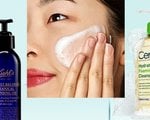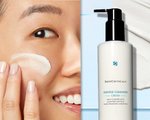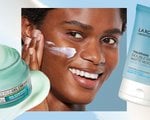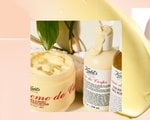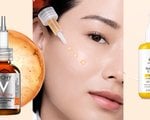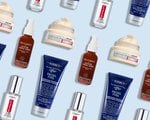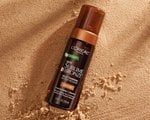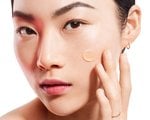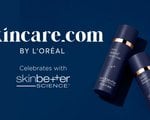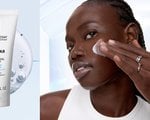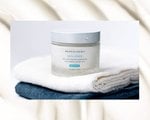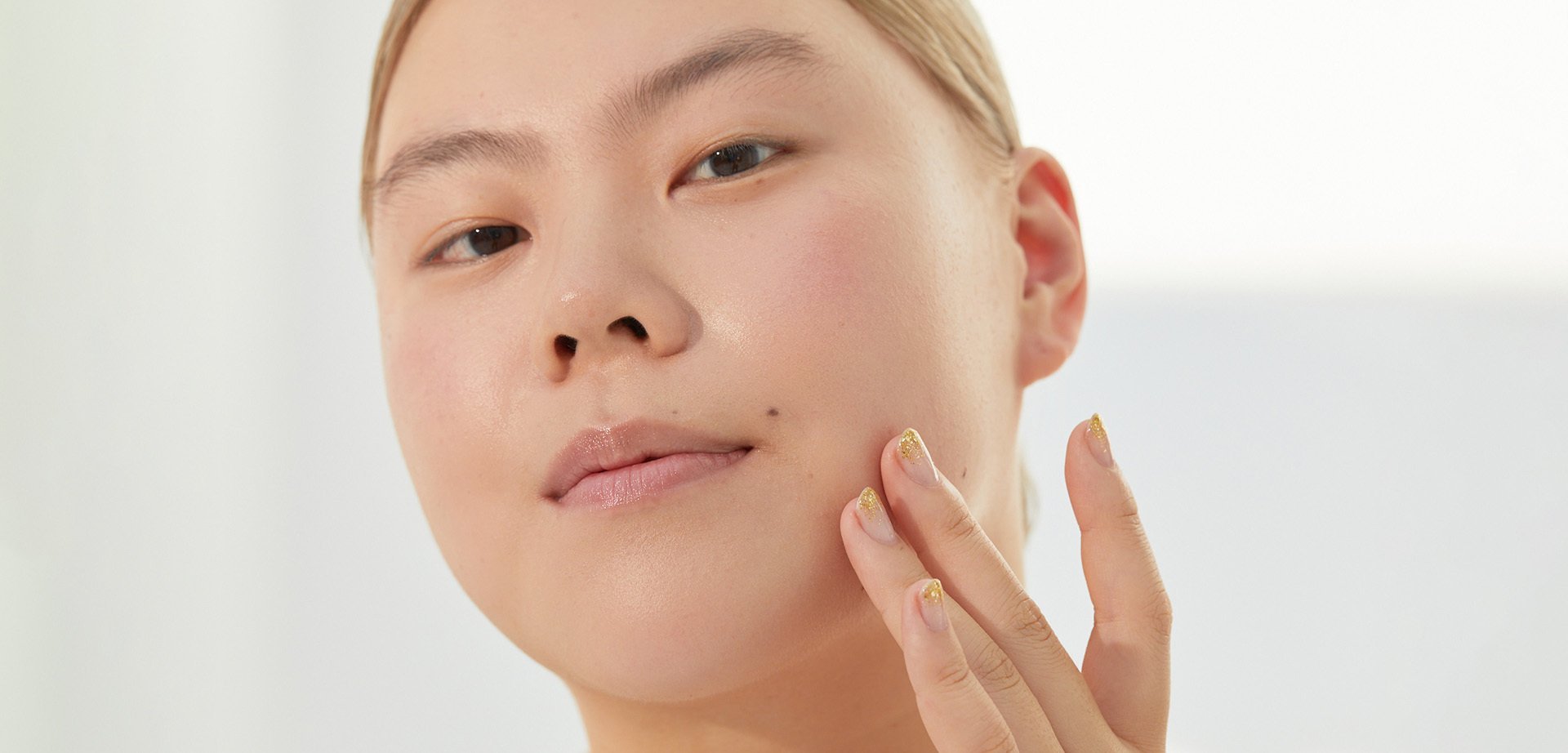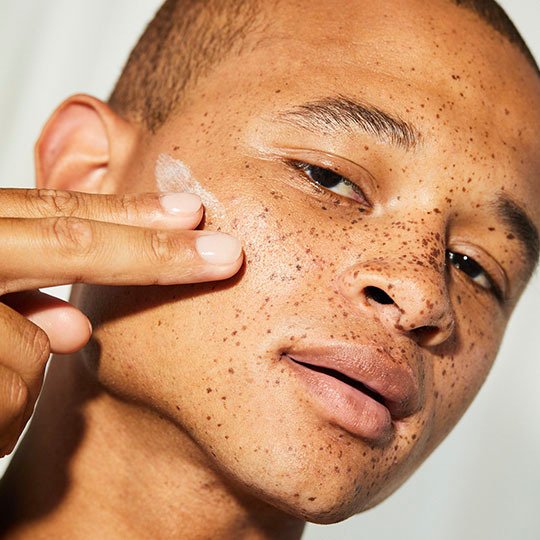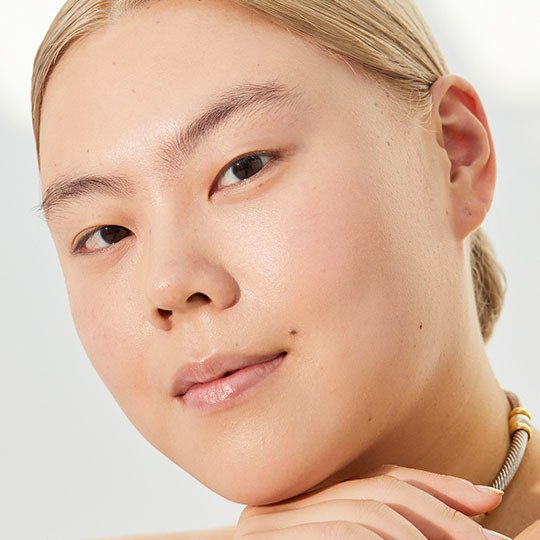Niacinamide and Vitamin C: Can You Use Them Together?
November 14, 2024
What Are the Benefits of Niacinamide vs. Vitamin C?
Before diving into how and when to use niacinamide and vitamin C together, let’s review how each of these ingredients can help your skin look and feel its best.
Niacinamide
Niacinamide (also known as nicotinamide) is a form of vitamin B3. When applied topically, niacinamide has been shown to help hydrate your skin and may reduce the look of dark spots, fine lines, and wrinkles. It is also known to “help with [visibly] improving dullness, evening out the skin tone, and minimizing facial redness,” says Grohs. She adds that “niacinamide is great for blemish-prone skin.”
Try it: If you’re looking for a way to incorporate niacinamide into your routine, you have plenty of options—you can find this ingredient in everything from toners to sunscreens. One of our favorite niacinamide products, however, is the La Roche-Posay Mela B3 Dark Spot Serum with Melasyl™ + Niacinamide. The anti-aging formula helps target a visible range of dark spots and discolorations, including sun spots, age spots, and post-acne marks, while respecting skin’s natural tone. Check out more skincare.com favorites in our article 23 Best Niacinamide Serums to Try Today, According to Our Editors.

Vitamin C
Vitamin C (formally known as L-ascorbic acid) is a staple ingredient in many anti-aging serums, brightening moisturizers, and eye creams for dark circles. In skincare products, vitamin C acts as a potent antioxidant, which may help protect your skin from free radical damage.
Including vitamin C products in your skincare routine can help brighten the appearance of your skin, according to Grohs. This ingredient may also improve the appearance of skin discolorations and promote a firmer, more radiant-looking complexion. Vitamin C can typically be used by many skin types, but the Cleveland Clinic recommends starting with a lower concentration if you have sensitive skin. In some cases, vitamin C products with higher concentrations may cause redness or skin irritation.
Try it: If you’re willing to splurge, we can’t recommend SkinCeuticals C E Ferulic with 15% L-Ascorbic Acid highly enough. It contains a potent blend of vitamin C, vitamin E, and ferulic acid and helps protect the skin from damage incurred by exposure to free radicals. Add it to your daily routine, and you’ll see brighter, smoother, more even-looking skin with consistent use. Discover more product picks in our article How To Use a Vitamin C Serum, Plus 6 of Our Favorite Formulas.

How To Use Niacinamide and Vitamin C in Your Routine
“When combined, skin magic happens,” says Grohs. She explains that vitamin C and niacinamide are both antioxidants, which makes them a powerhouse duo for helping to protect your skin from environmental stressors. “Both can really help with skin brightening,” she adds. However, when combining niacinamide and vitamin C in your skincare routine, it’s essential to apply each product correctly. For example, you may be wondering how to layer vitamin C and niacinamide. When it comes to whether you should apply niacinamide or vitamin C first, there is a general rule of thumb you should be aware of.
“Niacinamide layers beautifully on top of vitamin C,” according to Grohs. She recommends using a vitamin C serum as part of your morning skincare routine after cleansing and toning. “Then, you can go ahead and apply any products that contain niacinamide,” she says.
In the evening, you can try swapping in a niacinamide serum instead of your vitamin C serum. If you want to use a vitamin C serum and niacinamide serum together, it may be ideal to apply your vitamin C formula first. With that said, it’s essential to read the product instructions carefully and apply per the instructions on the packaging.
When using both of these ingredients at the same time, it’s also important to know how long to wait between layering vitamin C and niacinamide. Grohs recommends waiting for a minute or two, until each formula is fully absorbed, before applying the next product.
Finally, remember that no matter your skin type, you should always cap off your routine with moisturizer. We recommend opting for a moisturizer with sunscreen during the day and using a richer, more reparative formula—like La Roche-Posay Toleriane Double Repair Face Moisturizer—in the evening.

